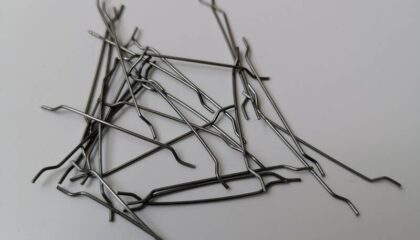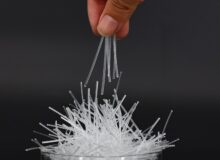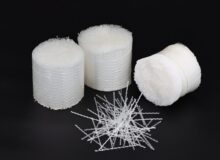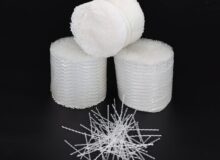Polypropylene Crude Fiber
Polypropylene crude fiber(PPTF)
Polypropylene crude fiber(PPTF) is a substitute product developed for steel fiber while considering some characteristics of synthetic fiber. Compared with steel fiber, it has attributes with corrosion resistance, easy dispersion and construction, and no damage to mixing equipment. PPTF is made of synthetic resin as the primary raw material, processed through unique technology and surface treatment. It has the advantages of high breaking strength, good dispersion in concrete, and strong gripping force. It can replace steel fiber for cement concrete and overcome the weakness of concrete, such as low tensile strength, low ultimate elongation, and brittleness. In addition, it has properties like tensile resistance, shear resistance, crack resistance, fatigue resistance, and high toughness. The applying fields of PPTF are covered in engineering, such as construction, roads, bridges, and hydraulic engineering.
| Equivalent diameter (mm) | >0.1 | Nominal length (mm) | 20~60 |
| Breaking strength (Mpa) | ≥450 | Initial modulus (Gpa) | ≥5 |
| Elongation at break (%) | ≤30 | Acid and alkali resistance
(ultimate tensile retention rate) (%) |
≥95 |
| Density | 0.91~0.93 | Main material | Modified polypropylene resin |
Note
- The shapes of PPTFare wavy, zigzag, and bamboo-like.
- Special specifications (such as diameter, length, and other special requirements) can be produced according to customer requirements.
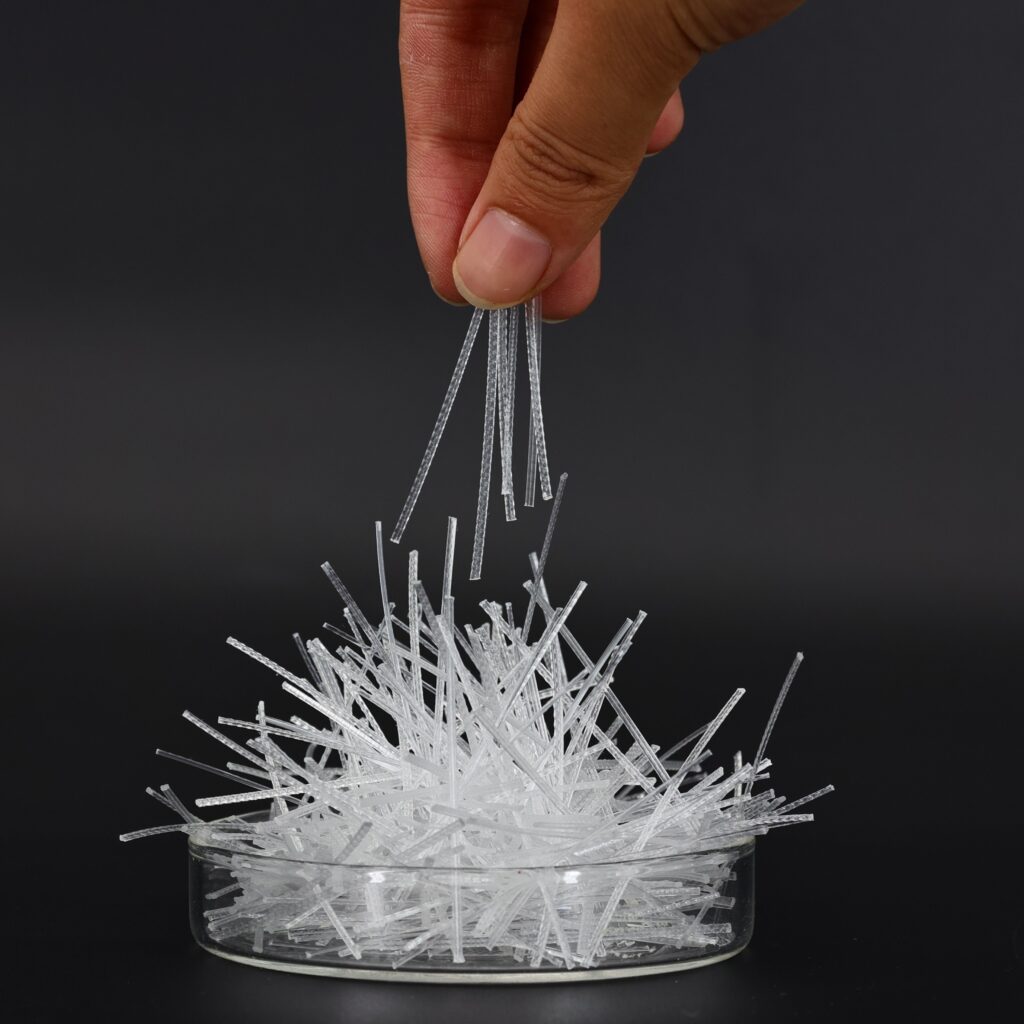
★Dosage: The volume dosage of crack-resistant imitation steel fiber should be 0.3%-0.9%; the dosage per cubic meter of concrete is 3kg-9kg.
★Length selection: Generally, it is 30mm-50mm when anti-cracking is reinforced; it is 20mm-30mm when mixed into shotcrete.
★Proportion design: It is unnecessary to change the concrete grade and proportion parameters for general applications. Instead, refer to “Steel Fiber Concrete Structure and Construction Code” CECS38: 92., special applications must be selected and designed through experiments. Considering that concrete will shrink due to shrinkage, drying shrinkage, temperature changes, and other factors that cause tiny cracks, 1kg of monofilament microfiber can be added to the concrete for better effect.
★Mixer selection:It is recommended to choose a double-shaft horizontal forced mixer.
★The material feeding and mixing process: Put in crushed stone and PPTF, and sand in order, stir to make PPTF fully dispersed, then set in cement and water and mixed evenly according to the conventional process. It can also be constructed according to the sequence of standard process input, but the mixing and stirring time should be extended appropriately to make the PPTF disperse evenly.
★Molding maintenance process: There is no special requirement, and the time for vibrating can extend as appropriate. When plastering the surface, the concrete surface should be slightly passivated before proceeding to avoid it being carried out. The maintenance should still be carried out according to the requirements of ordinary concrete.
★Packing Regular: Packing is 1.0kg/bag and can also be packed according to the customer’s requirements.
Adding PPTF to concrete has the following features
- Effectively reduce the harm caused by concrete cracks and improve the tensile, bending, and flexural strength of concrete;
- It can reduce damagewhile occurringearthquakes and other severe natural disasters;
- Reduce the fatal defects inside the concrete and improve itsimpermeability;
- Protect steel bars from corrosion and improve the durability of concrete structures;
- Increase the wear resistance of concrete;
- Significantly improve fatigue resistance;
- It can prevent damage to tires when used on roads.
Application of PPTF concrete
- Organic PPTF concrete has high flexural and tensile strength and can use for culvert support, mountain slope protection, and other support projects;
- Organic PPTF concrete has high crack resistance and can be used in basement anti-seepage, reservoirs, low-pressure water pipelines, and other projects;
- Organic PPTF concrete has high impact and abrasion resistance and can be used in high-speed water flow parts such as spillways, stilling tanks, and gate floors of water conservancy and hydropower projects;
- Organic PPTF is made of synthetic materials with the features of steel fiber, so it has more advantages when used in concrete projects in corrosive environments such as seawater;
- Organic PPTF has high tensile strength, fracture toughness, and fatigue resistance; it can be applied in parts bearing dynamic loads, such as roads, railway bridges, and other projects.
Economic comparison
Organic PPTF is developed for the use of steel fiber; its cross-sectional shape and specific surface area are similar to steel fiber, so it can be assumed that they have the same specific surface area when comparing the economy of the two materials. Furthermore, although the gravity of steel is 7.8kg /cm³and organic PPTF is 0.95kg/cm³, under the same volume content, the steel fiber’s weight is eight times that of the organic PPTF. Therefore, it is obvious to see that replacing steel fiber with organic PPTF can significantly reduce costs.
Related Products
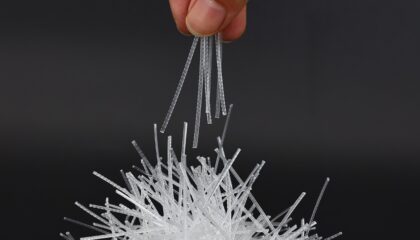
Polypropylene Crude Fiber
Synthetic Fiber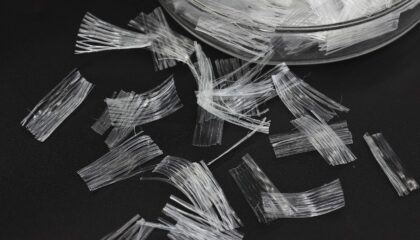
Polypropylene Mesh Fiber(PPSF)
Synthetic Fiber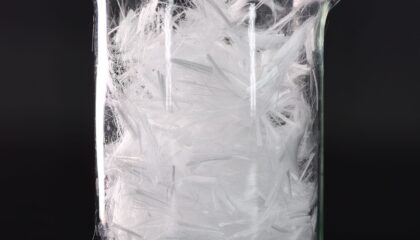
Polypropylene Chopped Fiber
Synthetic Fiber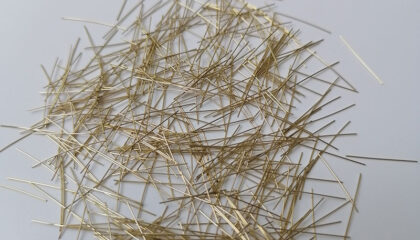
Brass Coated Micro Steel Fiber
Steel Fiber